Savvy Growth Strategies from Designer Jena Bula
Jena Bula shares her tried-and-true practices for success

In the two years since we spoke with interior designer Jena Bula of Delphinium Design in Charlotte, North Carolina, she’s made some big changes to her business. By taking on more diverse projects, instituting project minimums and continually revisiting goals, Bula has managed to keep growing her seven-year-old company without compromising quality or creating unnecessary stress — in fact, the company has now racked up nine Best of Houzz awards. Here she shares details about the refinements, her ongoing business practices and how Houzz Pro has been helping her every step of the way.
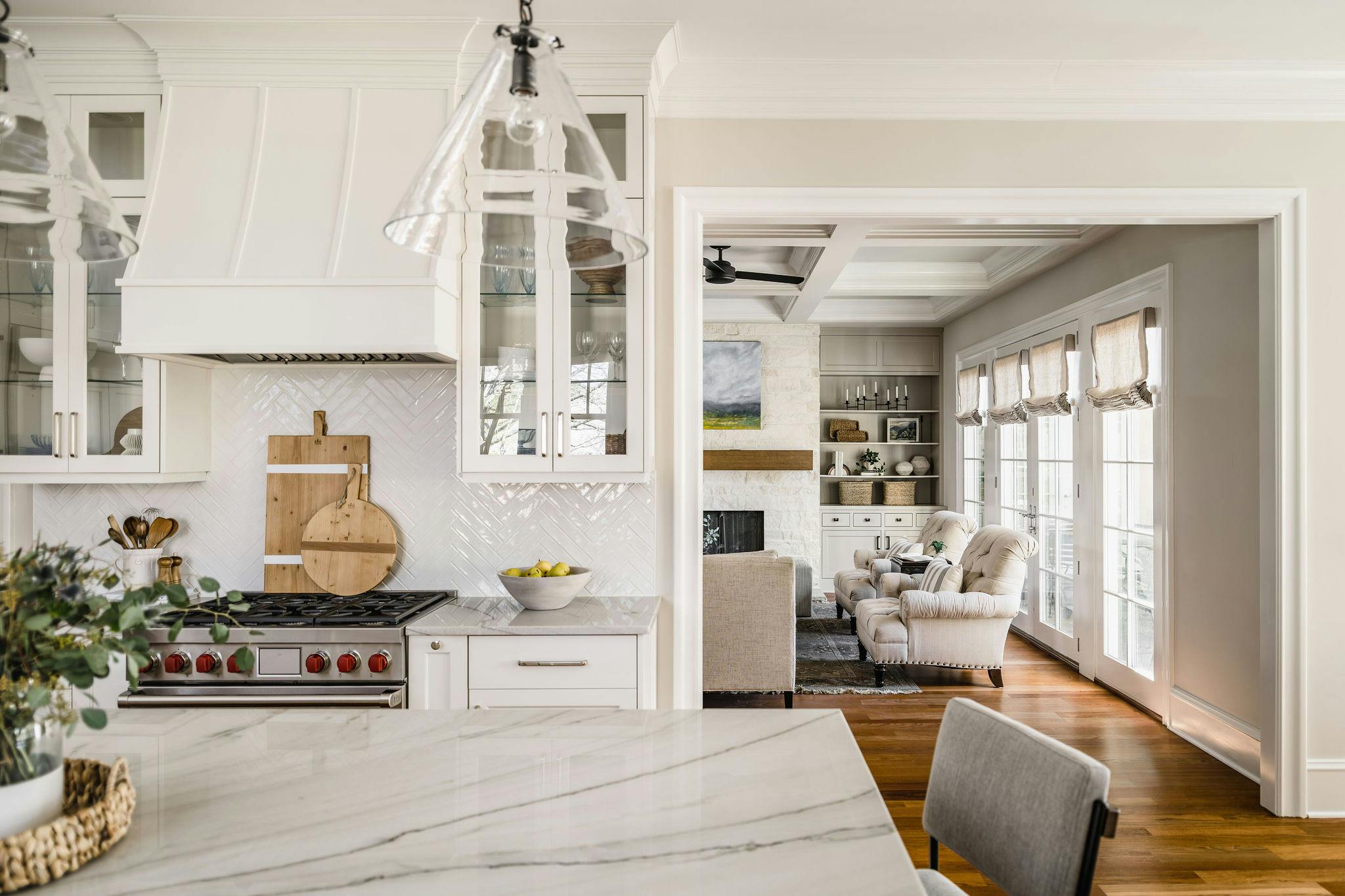
The Big Changes
1. Instituting Project Minimums
Thanks to tracking project times and profitability levels, Bula is better able to focus on the kinds of work that make the most financial sense.
“I love working on small projects, but the more rooms we can design in one home, the better it is for us,” she says. “Unfortunately, it doesn’t make sense for us to design single rooms anymore.” Now, “we have a two full-room project minimum.”
It isn’t always easy to turn down projects, she adds. It’s been “a bit of a challenge, because we had to start saying no to a lot of inquiries that were great, like a $125,000 or $150,000 kitchen project, which would be so exciting before.” But “we’ve stuck to our project minimums, and I’m so glad that we have. Our numbers show that that was the right decision for us.”
Bula reevaluates pricing every year too, using Houzz Pro’s time- and expense-tracking features, to crunch the numbers and adjust pricing and projects accordingly. She adopted the software early on after opening her business about seven years ago.
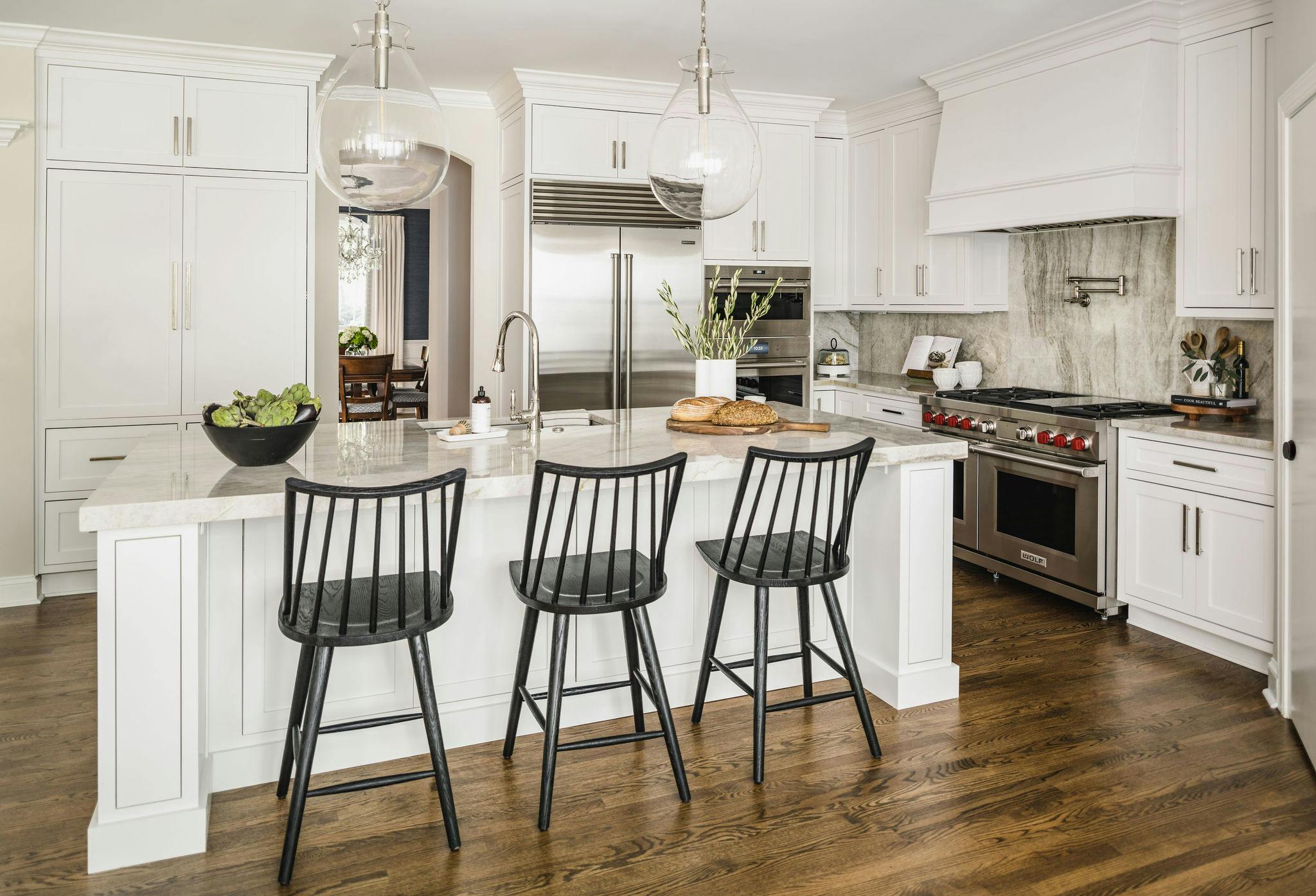
2. Diversifying Projects
Back in 2021, Bula told us that she “didn’t take on projects that dabbled in too many areas.” Since then, “we’ve definitely done many more furnishing projects. It’s actually become quite a large portion of my business,” she says. And in 2023, her company did new builds for the first time. “Two of them, we are involved very heavily in construction, and one we furnished the full home,” she says.
Learning about and gaining experience in new areas has expanded the range of opportunities for the company. But taking on bigger projects such as building from the ground up comes with a challenge: managing more complicated timelines.
“I know how long it should take to design and renovate a kitchen,” Bula says. “But for a new build, so many unexpected things come up over a year or two years, it’s difficult to accurately plan our timelines. It also can depend on what phase of the project we were brought in.”
Tip: Use project management software with a timeline tool that lets you easily schedule every step and keeps all your team members in the loop.
Changes aren’t the only things helping Bula’s business grow and scale successfully, by the way. Three ongoing practices have contributed greatly too.
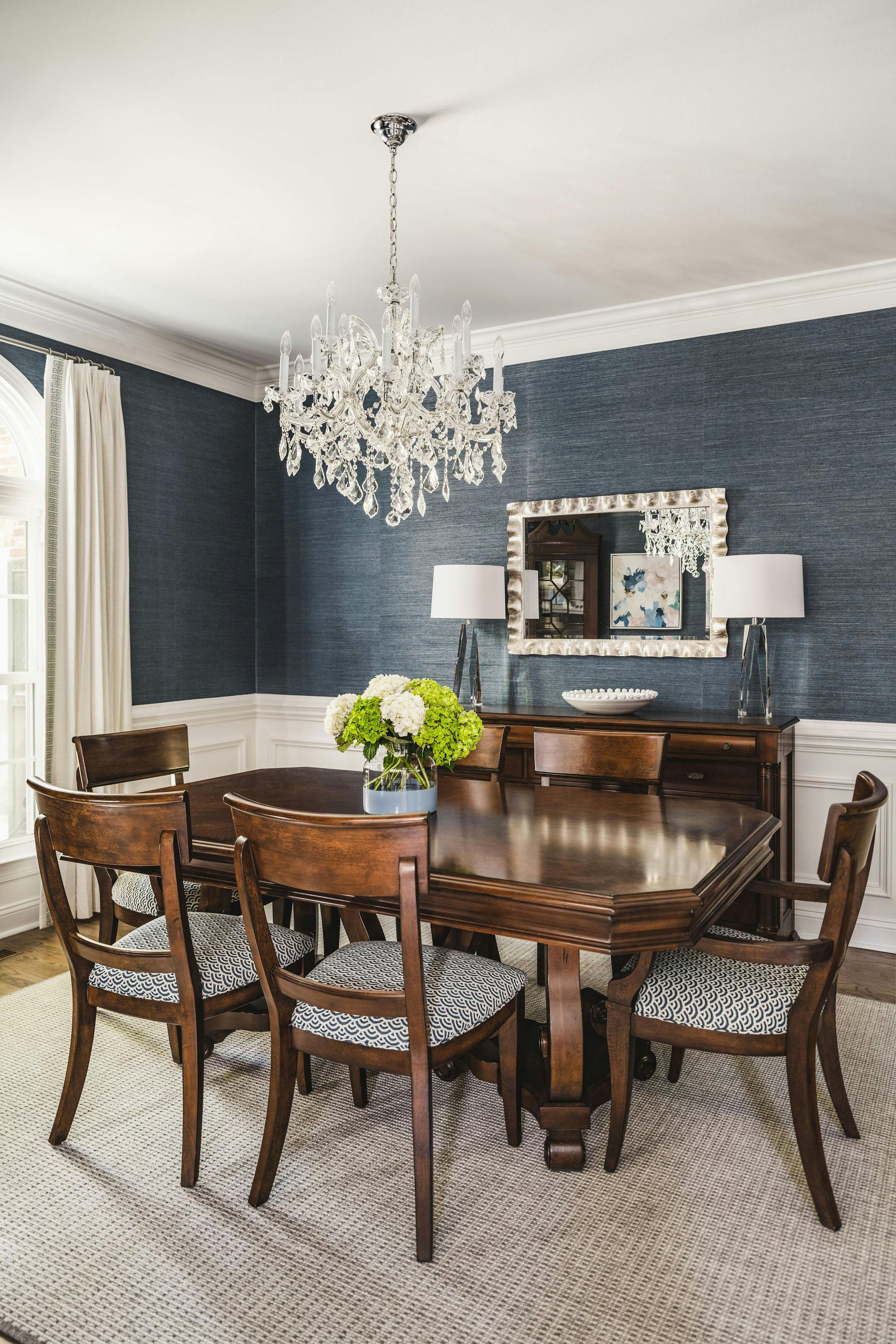
Tried-and-True Practices for Success
1. Following the Market
“I keep my ear to the ground,” Bula says. “I have a lot of designer colleagues and vendor partners, whether it’s a builder or a specific trade, and I’m always asking, ‘How’s business? Are you working with a lot of builders right now, or GCs, or are you doing more quick contract work or service work and things like that?’”
She uses this information to come up with her own business plans. “I’m always listening to that kind of stuff and thinking, ‘OK, well, what’s next for us? Are other people slowing down? Are we going to slow down? If so, what do I really want to focus on?’”
Bula also keeps up with industry developments by listening to podcasts, taking continuing education classes and attending the High Point Market twice a year. “I want to feel, for my clients, like I’ve been there, I’ve done that,” she says. “Like I’ve heard, talked about, and implemented processes that provide a better experience for our clients. That’s really important to me.” She believes these and other kinds of research are “super important,” she says. “If you decide to just ignore research, you could be making really poor decisions for your business, for the growth of your business, for your team.”
Tip: The Houzz research team makes it easy for you to stay on top of trends and more. Check out our latest free webinar, which explains four must-know megatrends for 2024 and beyond — and which you won’t hear about anywhere else in a single place. You can also find more of our research stories and webinars in Houzz Pro Learn.
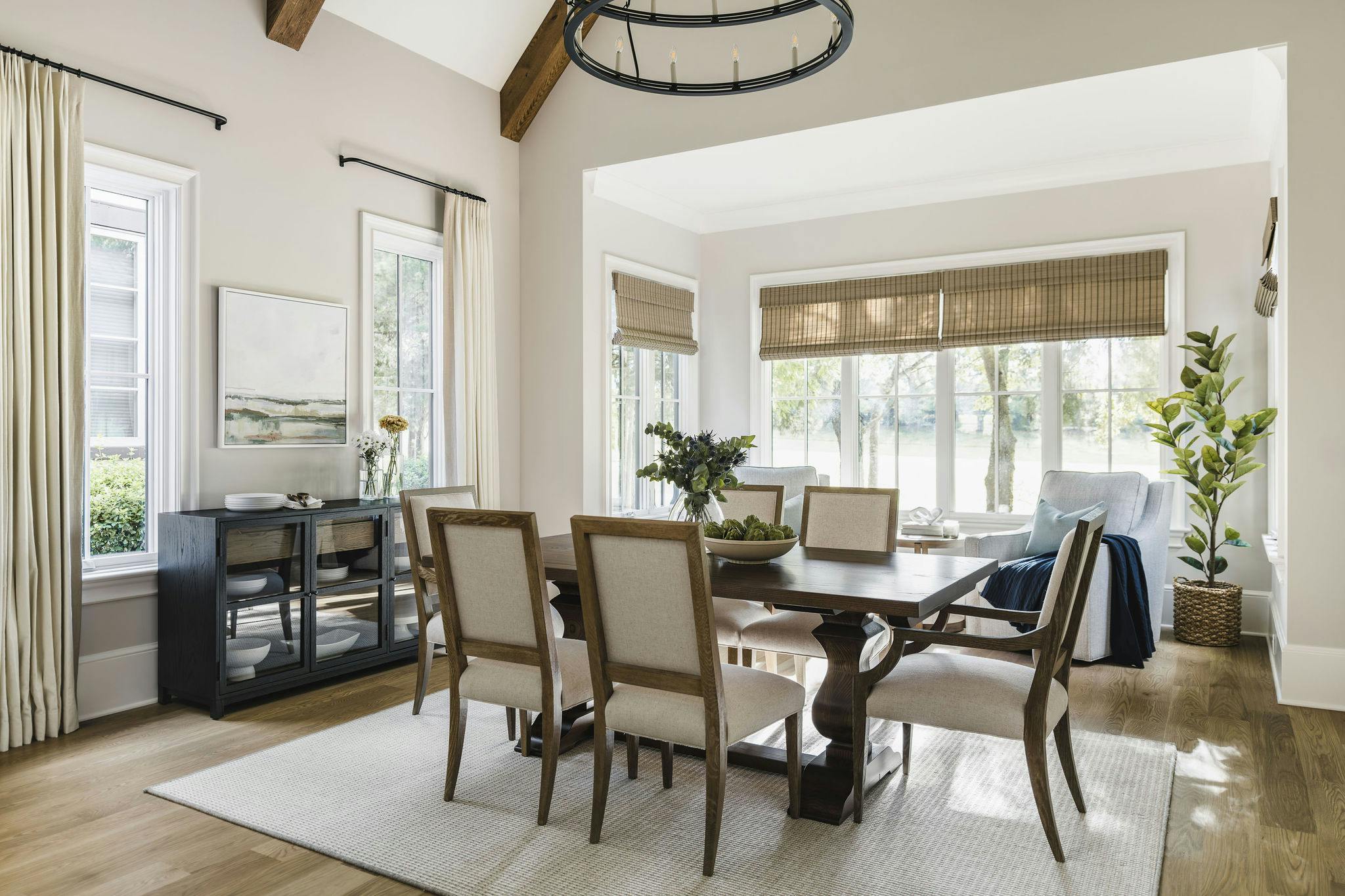
2. Supporting the Industry and Local Community
Some businesses give back around the holidays. Bula does it year-round, as a way of supporting both the industry and her local community.
“We always partner with small businesses and local businesses,” she says. “We get our window treatments made locally, and all of our custom furniture is made here in North Carolina. Obviously, all of our tradespeople are local. We source countertops locally too.” Staying within the community doesn’t just help other small businesses and boost the local economy; it reduces the company’s carbon footprint.
Moreover, for about “90% of our projects — kitchen guts, bathroom renovations — we donate all the cabinetry, countertops and appliances to Habitat for Humanity,” Bula says. This highly respected nonprofit group then uses the donated materials to build affordable homes for families. “We send pictures to Habitat and let them do day one of demo and take everything they want,” she says. “Then we continue the demo from there.”

3. Regularly Evaluating the Business
“I’m really big into goal-setting,” Bula says. “Every year I set 10 personal and 10 professional goals for myself, and I try and make them tangible with something numerical.” She bases the goals on what her business has been doing, analyzing the numbers to come up with concrete measurements of success, as well as on what’s happening with the market. “It’s really just listening to what the market’s offering and also how my business ebbs and flows,” she says. “If I grew by 50%, then I’m not going to slow down,” she says. “I want to try and do it again, and shoot for the stars.”
She periodically evaluates the company’s processes, efficiency and marketing efforts too, and one thing she keeps coming back to is how helpful Houzz Pro has been. “I use it on a daily basis for room boards and for invoicing,” she says. “It saves me about 10 to 15 hours a week on invoicing alone. And it keeps everything clean, streamlined, no confusion.”
She also appreciates how the software’s tools help her stay organized as she takes on bigger projects. “When I do my expenses, I can attach receipts and it’s all there,” she says. “There’s a lot of things coming in now, and a lot of receipts and a lot of projects. We’re juggling and wearing many hats, and it just keeps everything really organized and clean. I use it all day, every day, as does my team. Then we’re all on the same page, because we’re all looking at the same thing.”
Plus, it helps her “look put together, very professional,” she adds.
Want to make your business more organized, efficient and productive in 2024? Try Houzz Pro free today.

Want advice delivered to your inbox?
Unlock industry insights and updates for contractors and design pros
By signing up, I agree to the Houzz Terms of Use and Privacy Policy and that Houzz may use my information to contact me about relevant content, products, and services.







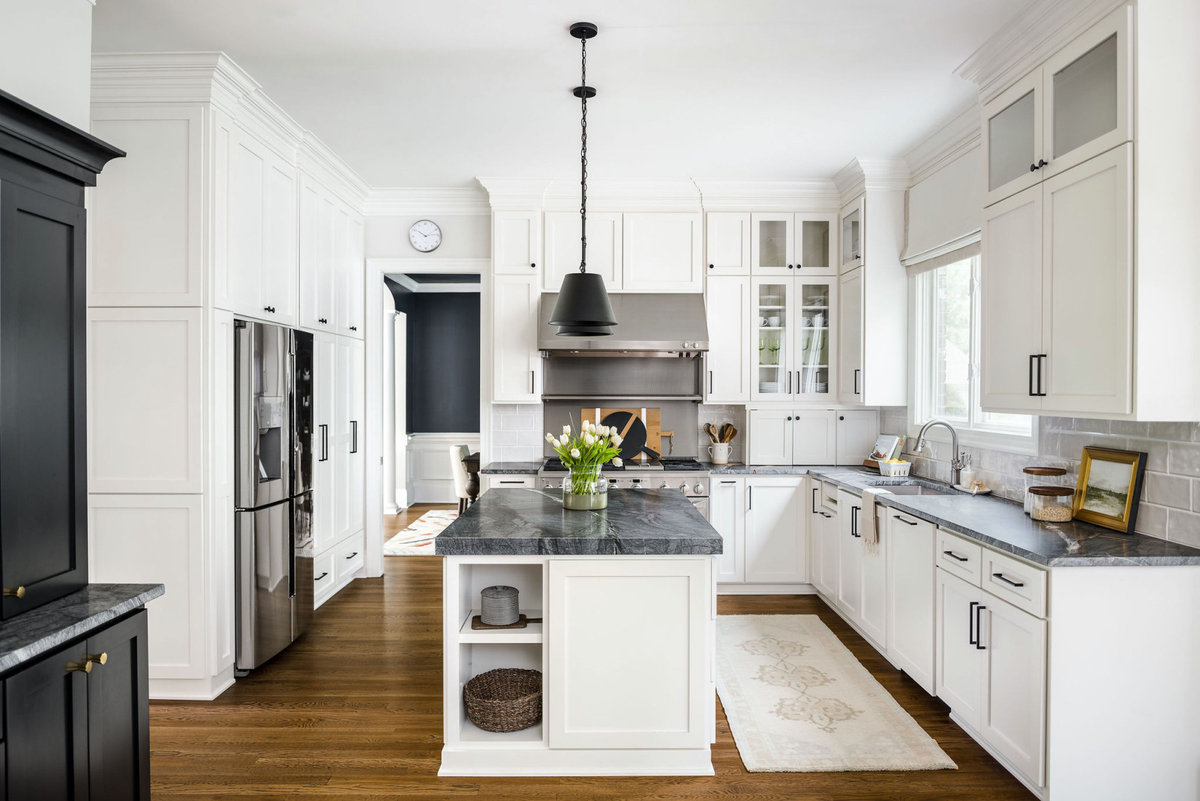
Join the conversation by commenting or asking a question below. The Houzz team reads every single comment, and we’ll get back to you by email if you need us!